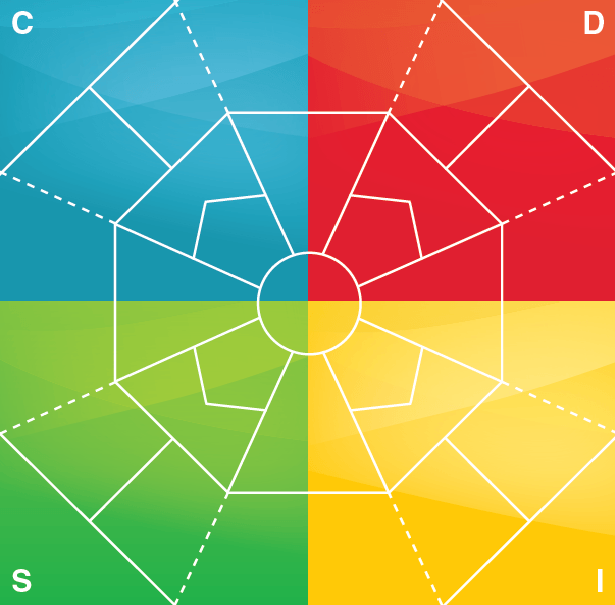Many people find it surprising that no one owns “DISC”.
It is a theory that was originally developed in 1928 by William Moulton Marston. The DISC-model is in public domain and there are a few companies that have created their proprietary DISC assessments.

This blog covers these main points:
- “Work role” vs. “hard-wired” DISC-style
- Identifying the true starting point for performance development
- Can you trust the results?
- Off-the-shelf vs. customizable assessments
- Generating assessment results in multiple formats
One of the main reasons that DISC assessments and DISC profiles are so widely used around the world is that they are easy to understand and implement because they identify only four behavioral styles (DISC). Simply put, participants learn it and apply it comfortably.
However, many people justifiably believe that the DISC tools lack the depth they need for many of their applications. In particular, they often mention that the challenge with many DISC assessments is that they measure what the respondent thinks he/she needs to be in their current work role. In other words, these DISC profiles focus on the conscious behavior style – how a person perceives he/she needs to adjust behavior in the present environment. Consequently, the results vary over time making it impossible to determine what the person’s style actually is and how to best develop it.
As a result, when a person completes the DISC questionnaire again, the results are often different and participants make comments such as “I used to be a IS-style but now I am a DI-style.” Obviously, this makes it impossible to identify a true starting point for improvement.
What makes the Extended DISC different is its ability to measure at a deeper unconscious level – minimizing the impact of the environment.
In practice this means that the results show who the individual actually is and not what the person thinks he/she needs or wants to be in the existing environment. As a result, Extended DISC identifies the true strengths and developmental areas to allow for true performance improvement. Moreover, Extended DISC is able to measure both the unconscious and conscious styles, giving it a powerful range of measurement.
Many assessment tools generate a report even if a respondent just randomly or blindly selects answers. As you can imagine, the validity of the results is questionable at best. Extended DISC does not generate a report when the validity of the results is very low. Rather than providing information that can be inaccurate and that could be misused and misinterpreted, Extended DISC lets user know the respondent should complete the questionnaire again.
Also, with Extended DISC you are not forced to select from a few off-the-shelf reports. Rather, it allows you to:
- Customize the reports for content, length, pictures, colors, logos, page order, etc. to provide the most relevant and user-friendly reports for your participants.
- Provide assessments that are specific to roles (examples: Executives, Managers, Salespeople, Customer service representatives, Team Members, Students, Athletes, etc.).
- Create Pair, Team, Department, Division and even Organizational Assessments without having to ask employees to complete another questionnaire.
Finally, once a person completes the questionnaire, the results can be provided in any format at no additional cost and without having to ask employees to spend their valuable time completing DISC questionnaires again.
